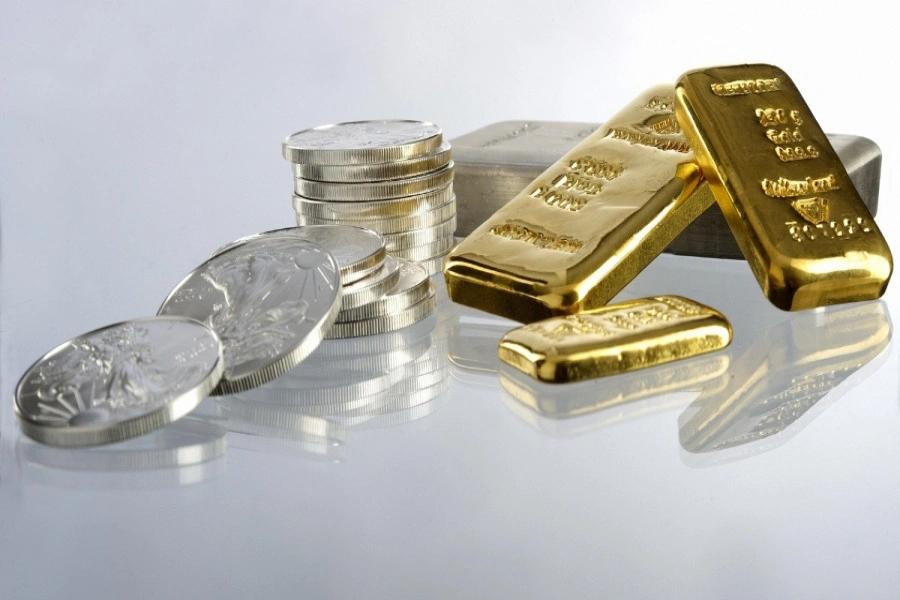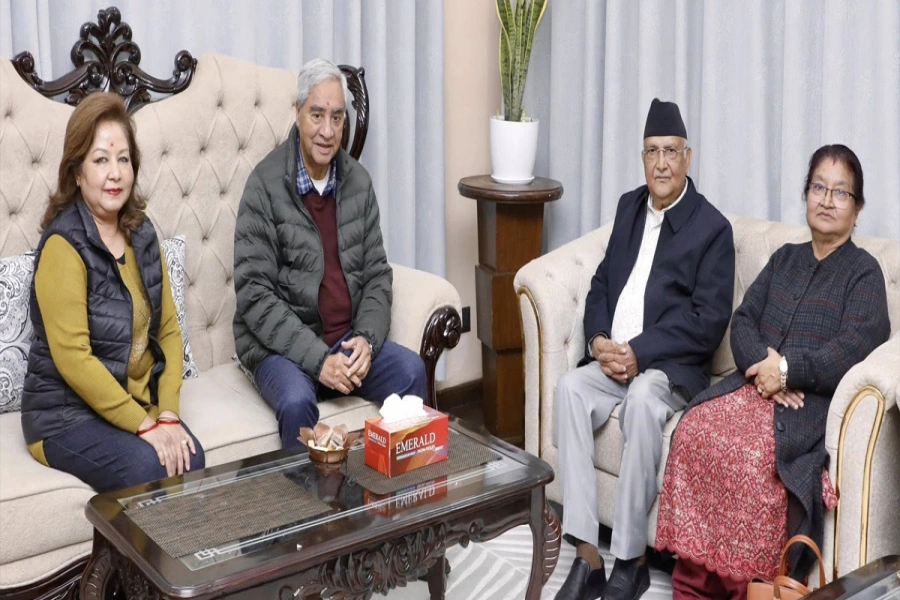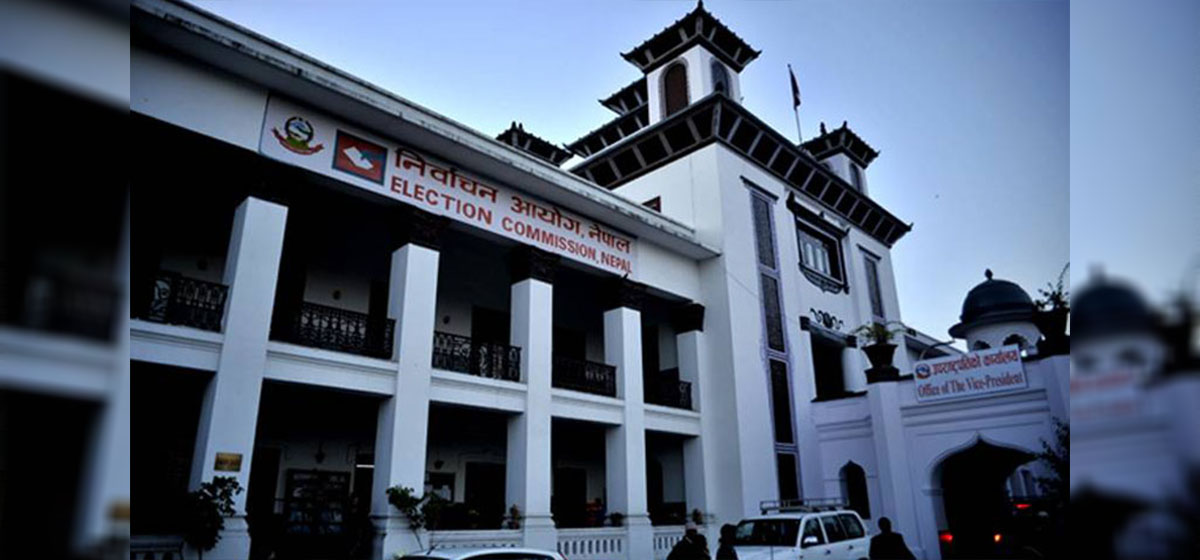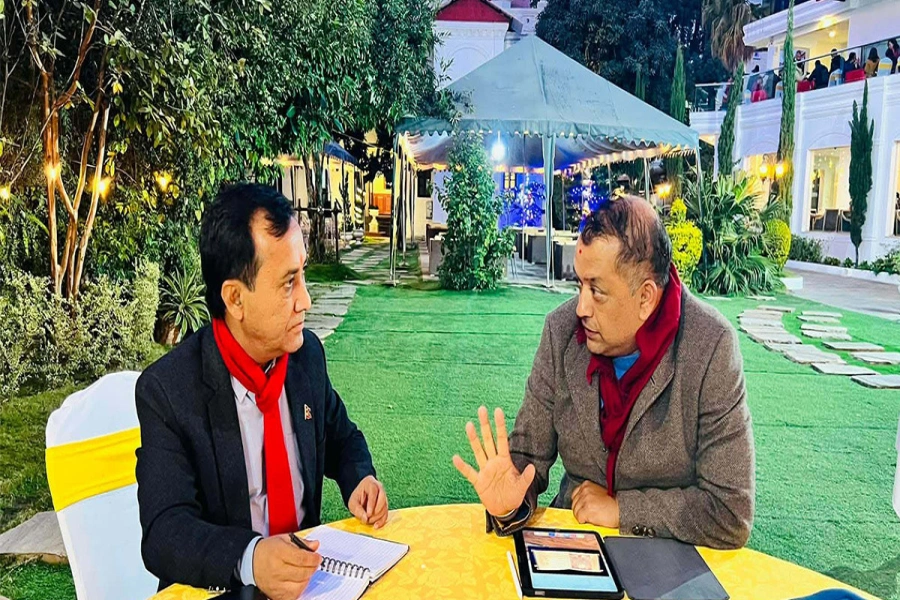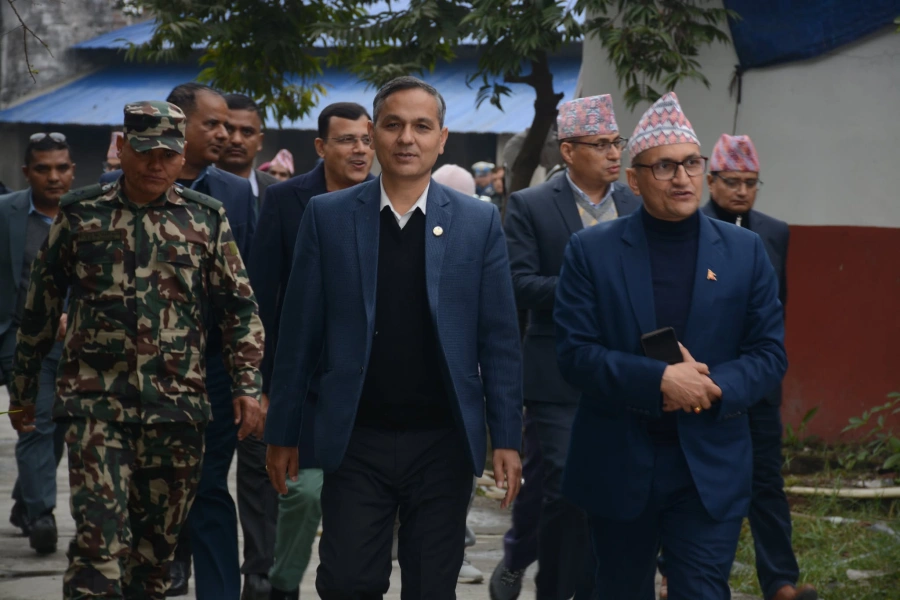Government needs to invest in development of appropriate infrastructure to enable our tourism industry to compete against other destinations like Bhutan, Kashmir, Tibet and the Maldives
Visit Nepal 2020 has already started and the government of Nepal is expecting two million tourists this year. In order to attract two million tourists, government is spending over six billion rupees for advertisement and promotion in international media. Tourism is a promising growth sector that can provide inclusive and sustainable growth across Nepal. Though Nepali tourism has been making steady progress in the last three years, the number set by the stakeholders seems ambitious with infrastructure being a major constraining factor. However, there is no option but to do our best to make Visit Nepal 2020 a grand success.
State of infrastructure
Tourism infrastructures are both physical and nonphysical elements that are designed and erected to cater to the needs of visitors. According to Tourism and Transport Forum, tourism infrastructure is the supply chain of transport, social, recreational and environmental infrastructure collaborating at central, provincial, and local level to develop attractive tourism destinations. According to the World Tourism Council, infrastructure is the single most important key to tourism growth and performance. Tourism infrastructures are generally categorized as physical, cultural, service and governance. Physical infrastructures consist of transportation, hotel, electricity, communication and water. Physical infrastructures can be divided into transport, social, and environmental categories. Transport infrastructure includes airports, roads, and cable cars and they provide tourists easy and safe access to various destinations from the international and domestic markets alike. Social infrastructure includes hotels, convention centers, stadiums, galleries and other necessary facilities. They are not limited to accommodation but also provide support for various kinds of activities and services that attract tourists. Environmental infrastructure has a natural value, and refers to national parks, mountains, lakes, trekking routers and reserves. Tourism infrastructure also includes other infrastructures that are designed to distribute the tourism products and sell the local products to the visitors.
The syndicate system poses a big problem in Nepali transportation system by creating a barrier in the entry that comes in the form of route permit and quota. For an example, we cannot drive our own car to go to Mustang without any hurdles. Cultural infrastructures are traditional culture, food, heritage, fairs and festivals, local art, traditional game, dance and music, attires and language etc. Service is another important non-physical infrastructure which includes travel and tour agencies, banking facilities, insurance agencies etc. Good and effective governance is a crucial non-physical infrastructure for promoting tourism. Law and order machinery, customs and immigration are included in governance. Tourists use a tiny fraction of their overall visitor spending at the actual tourist site in most destinations. Large chunk of tourism spending goes on transport and travel, accommodation, food and drink, and retail and leisure. Many studies have shown that well-functioning and high-quality infrastructures reduce risk to visitors and encourage the visitors to spend more time and money. Without high-quality infrastructures, we cannot expect visitors to spend more time and money in Nepal and cannot expect high-quality tourists either.
Kerala Tourism’s first STREET project inaugurated in Maravanthu...

Few and far
Inadequate infrastructure has held back Nepal’s development and lowered the quality of life of citizens. Though Nepal has significantly improved in human development index, maternal and infant mortality rate, life expectancy, literacy rate, early child marriage, and poverty rate, the quality and number of infrastructures are very poor. Quality infrastructures not only have economic benefits but also improve quality of life and have other multidimensional positive impacts on the society.
Many studies have shown that tourism becomes attractive if a country has all possible types of alternative transport facilities. A tourist requires not just an access to a tourist region but also an easy access in terms of cost, time and level of comforts. We have access to Jomsom and Rara Lake but how safe and comfortable are these places for the visitors?
Shortage of accommodation is still being experienced in the tourist centres all over the country because of a constant increase in the traffic of all categories of tourists. More than the transport facilities, hotel and recreational centres of various types must meet the increasing demands of tourists. We need at least one hundred five-star hotels to attract and hold the high-class tourists from developed countries. For this we need to invest on hotels. As tourism is expected to contribute 10 percent to GDP, the government has to invest enough money to develop the tourism infrastructures.
Learn from others
Many countries with potential tourism destinations have started to invest in tourism infrastructures. Macedonia has invested in the transport infrastructure and reconstruction of two airports by investing 87 million Euros to increase the number of tourists. Montenegro has been investing millions of dollars to improve and upgrade tourism infrastructure such as ski lifts, culture and sport, golf courses, water parks etc over the past decade, with the aim to become one of the world’s most popular tourist destinations. Croatia has taken major steps in improving the existing public tourism infrastructure and the preservation of tourism destination.
We have high possibility of ski which is one of the most adventurous games in the world. Unfortunately, we do not have a single ski area or resort in Nepal. We can attract millions of people only from India if we have some ski resorts in Nepal as Indian people can reach those ski areas by travelling only few hundred kilometres.
Development of infrastructural resources like an efficient transport network, hotels, hospitality service and various other amenities are keys to managing modern tourism.A study conducted in Mauritius, a world-famous tourist destination, has shown that tourists from developed countries are particularly sensitive to transport infrastructure.If we explore thousands of potential tourist destinations with adequate infrastructures, Nepal can be an important place on world’s tourism map. We have the possibility for ski, rock gardens, canoeing, hiking, bungee jumping and many other adventurous activities and games. But we are still unable to explore several other potential tourist destinations due to lack of infrastructure.
Unfortunately, we have not been able to develop new tourist destinations since the first visit Nepal year of 1998. Instead, existing tourist destinations are deteriorating. Take Fewa Lake. The area of the lake has been encroached upon and polluted. Though we have huge potentials to develop the tourist destinations, large number of tourists visiting Nepal return to their home countries by staying only in Kathmandu, Pokhara and Chitwan. The poorly managed international airport and transport system in Nepal, dilapidated roads and lack of basic infrastructure for sanitation are significant hindrances. We talk about attracting higher number of tourists every year, we advertise visit Nepal in BCC, CNN and other international outlets but our tourism infrastructures are poor. A study by Stephen Smith, Professor of Recreation and Leisure Studies, University of Waterloo, Canada, showed that the level of development and functional use of tourism infrastructure and lack thereof in the vicinity of tourist destination and in it are obstacles that can really affect the experience and satisfaction of tourists. We should know that a happy visitor and word of mouth publicity are the best form of advertisements.
Safety matters
Safety and security of international tourists is a major concern in Nepal. Recently, eight Indian nationals who stayed in a resort in Daman died apparently due to suffocation. Four South Koreans and at least two Nepali guides are missing in Annapurna region due to heavy snowfall. Nepal does not have any safety and security standards or guidelines to ensure the safety and security of tourists. Moreover, we do not have a professional team which can act promptly to conduct various rescue operations for saving lives of tourists in danger.
Lack of transportation and communication, destination marketing, human capital, recreation facilities and adventure destination, infrastructure and security for night life, tourism centers and security, start hotels and quality local hotels etc is creating a major hurdle in tourism development in Nepal. We must overcome these hurdles. We can reap multiple benefits from tourism but for that we need to develop quality infrastructures and provide quality services.
The government needs to continue investing in development of appropriate infrastructure to enable our tourism industry to compete against other tourist destinations like Bhutan, Kashmir, Tibet and the Maldives. We have the potential to develop a world-class tourism industry. Thus we must focus on tourism infrastructures to leverage Nepal’s rich tourism endowments in a sustainable manner.
The author is a PhD researcher based in Canada





